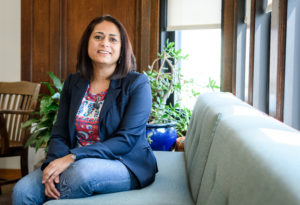
Title: Alternative Ecological Futures for the American Residential Macrosystem
Principal Investigator: Rinku Roy Chowdhury
Funding Agency: National Science Foundation
An apparent, but untested result of changes to the urban landscape is the homogenization of cities, such that neighborhoods in very different parts of the country increasingly exhibit similar patterns in their road systems, residential lots, commercial sites, and aquatic areas; that is, cities have now become more similar to each other than to the native ecosystems that they replaced. This research examines the ecological homogenization of the American Residential Macrosystem (ARM) and specifically investigates factors that contribute to stability and/or changes in the ARM. The aim is to determine how factors that effect change—such as shifts in human demographics, desires for biodiversity and water conservation, regulations that govern water use and quality, and dispersal of organisms—will interact with factors that contribute to stability such as social norms, property values, neighborhood and city covenants and laws, and commercial interests. The project will determine ecological implications of alternative futures of the ARM for the assembly of ecological communities, ecosystem function, and responses to environmental change and disturbance at parcel (ecosystem), landscape (city), regional (Metropolitan Statistical Area), and continental scales. Five types of residential parcels as well as embedded semi-natural interstitial ecosystems will be studied, across six U.S. cities (Boston, Baltimore, Miami, Minneapolis-St. Paul, Phoenix, and Los Angeles).
